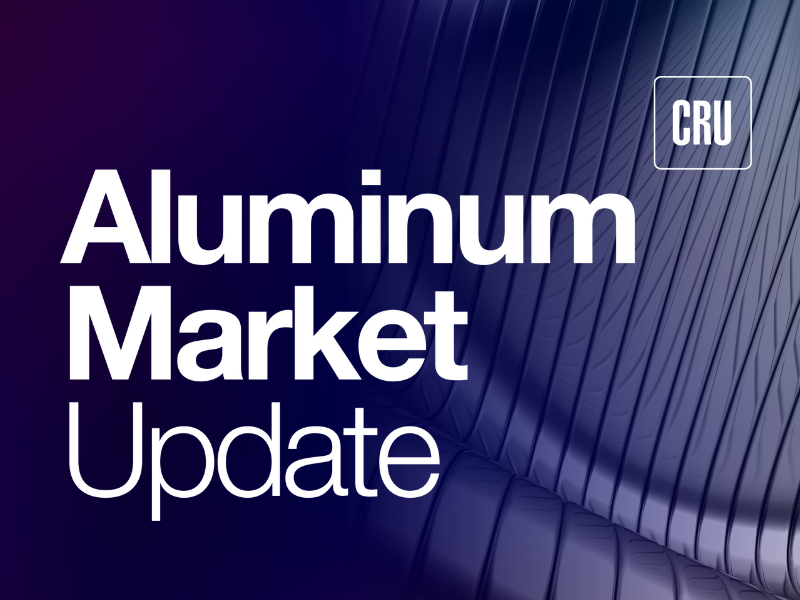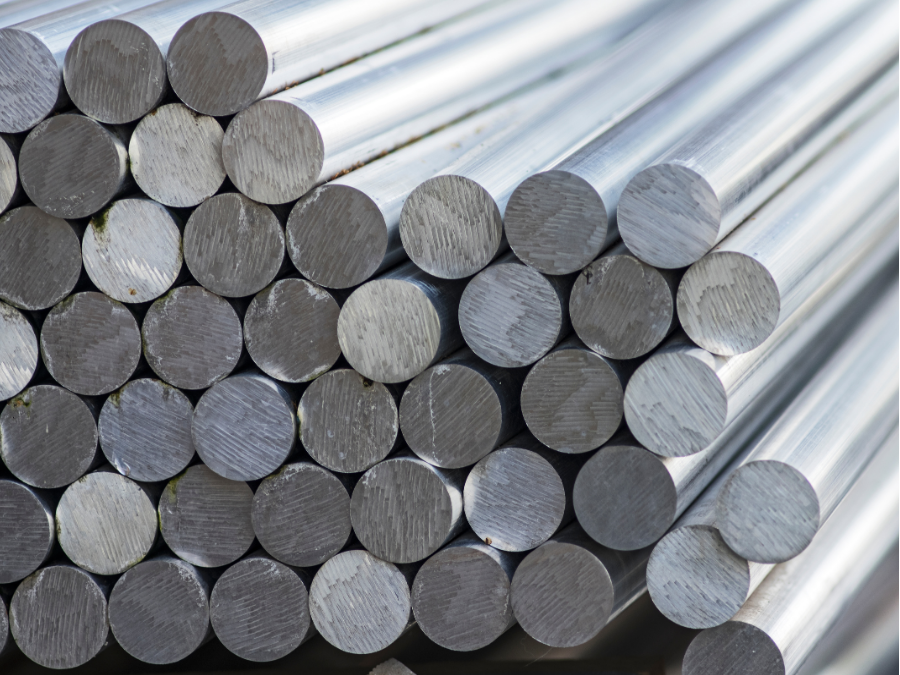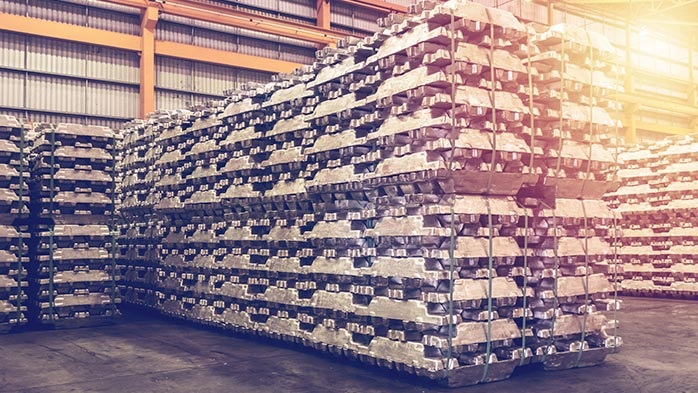Aluminum

CRU: Aluminum news roundup
Written by Marziyeh Horeh
March 15, 2024
February US new orders: Large improvement apart from heat-treatable sheet and extrusions
According to the latest “Index of Net New Orders of Aluminum Mill Products” released by the US Aluminum Association (AA), total orders in February 2024 were up 9.3% compared to February 2023. This is a noticeable improvement from the growth of 2.1% year over year (y/y) seen in January.
New orders for nearly all categories of products improved in February with the exception of heat-treatable sheet. Indeed, new orders for heat-treatable sheet, which contain the 2xxx, 6xxx and 7xxx series alloys – popular in automotive and aerospace applications – went from a growth of 11% y/y in January to a contraction of -1.6% y/y last month. Otherwise, orders for all other products progressed and were steady from the previous report.
New orders for non-heat treatable sheet, which include the 1xxx, 3xxx and 5xxx series alloys, increased by 13.7% y/y in February from 6.4% y/y in January. New orders for domestic can stock had a similar path, moving from 5.8% y/y growth in January to 16.4% y/y last month. Export can stock had a more spectacular progression with orders moving from a contraction of -15.7% y/y in January to 52.4% y/y in February. A similar progression was seen for new orders for foil, moving from a decline of -22.1% y/y to +17.3%, as last reported.
New orders for plate performed similarly to January, with new orders improving by 17.3% y/y in February. Finally, the picture was less positive for extruded products, which is a sector that has been struggling in the past months. New orders indeed remained in a contraction of -6.8% y/y in February. This is in line with what was seen in January (-6.3% y/y) and suggests there is no improvement in US extrusions demand yet.
Latest US inflation report proves hotter than expected
The latest data showed that the US consumer prices index (CPI) increased in February, leaving the y/y headline rate above 3%, ahead of the Federal Reserve’s March 19-20 meeting. The US inflation rate came in at 3.2% y/y last month, just above the market consensus of 3.1% and up from 3.1% in January. The more closely followed core rate, which removes food and energy prices, increased by 0.4% month over month (m/m) and 3.8% y/y — both higher than market expectations.
Senior Fed officials have been clear lately that they wanted more convincing proof that inflation is slowing toward their 2% annual target before they start to cut interest rates. This February CPI report failed to provide that. Although this report could prompt Fed officials to delay any decision until the summer, for now the consensus is still for a June cut.
US makes preliminary anti-subsidy rulings on lithographic printing plates
The US Department of Commerce announced earlier this month a positive preliminary anti-subsidy ruling against aluminum lithographic printing plates imported from China. The preliminary ruling stated duties range from 38.50% to as much as 231.98% on specific companies. The Department of Commerce is expected to make a final countervailing ruling on July 9.
This case involves products under US customs codes 3701.30.0000 and 3701.99.6060 and some products under 3701.99.3000 and 8442.50.1000. On Oct. 19, 2023, Commerce launched an anti-dumping and countervailing investigation into aluminum lithographic printing plates imported from China and an anti-dumping investigation into the same plates imported from Japan.
Alumina to be taken over by Alcoa
Australia-based Alumina Ltd. has signed a binding scheme implementation deed with partner Alcoa, enabling the US-based aluminum producer Alcoa to conditionally acquire 100% of Alumina. The deal values the company at approximately $2.2 billion. “We believe the time is right to combine our two companies,” said Alumina chairman Peter Day. “The combined entity will have a larger and stronger balance sheet and be better able to fund the current portfolio restructuring actions in AWAC, as well as realizing potential growth options in the medium to longer term.”
AWAC refers to Alcoa World Alumina and Chemicals, which is the companies’ joint venture (JV) that has bauxite, alumina, and aluminum interests worldwide. Melbourne-headquartered Alumina argues that a joint venture with Alcoa will give shareholders exposure to a global pure-play upstream aluminum company and to a metal that is key for energy transition and decarbonization, while also simplifying AWAC’s corporate structure and leading to more efficient funding, resulting in potential financial synergies.
Alumina’s directors have recommended that the company’s shareholders vote for the transaction, in the absence of an alternative proposal and given an independent expert insists the deal is in their best interests. Completion is expected in Q3, provided shareholders and regulatory authorities approve the transaction and customary conditions are cleared. If concluded, Alumina Ltd.’s shareholders will own 31.6% of the enlarged Alcoa and existing Alcoa shareholders 68.4%.
This article was first published by CRU. Learn more about CRU’s services at www.crugroup.com/analysis.

Marziyeh Horeh
Read more from Marziyeh HorehLatest in Aluminum

AMU: Commercial vehicle trends in aluminum
The commercial vehicle sector is showing signs of fatigue, but you wouldn’t know it at first glance of the latest government figures.

AMU: Cascade Die Casting to expand North Carolina site
CDC Atlantic already houses 13 die-casting machines (ranging from 900 to 1,600 tons), three on-site furnaces, and shot blasting capabilities.

AMU: Prysmian’s Encore Wire breaks ground on TX facility expansion
Prysmian’s groundbreaking for a 650,000-square-foot, medium-voltage cable facility on Encore Wire’s Texas campus marks a big development in the aluminum wire and cable sector.

AMU: Canada tightens trade policy on tariff tensions
The moves include reciprocal procurement restrictions, import quotas, and the formation of stakeholder task forces for aluminum industries.

AMU: The art and science of Midwest Duty-Paid Premium discovery
Hashing out duty costs
